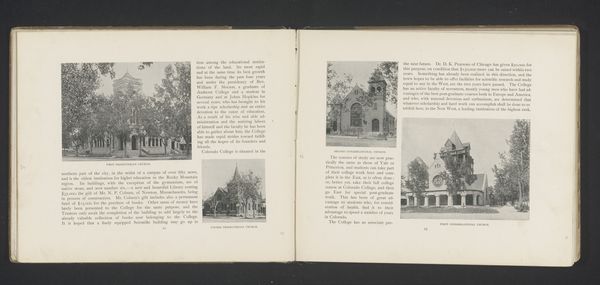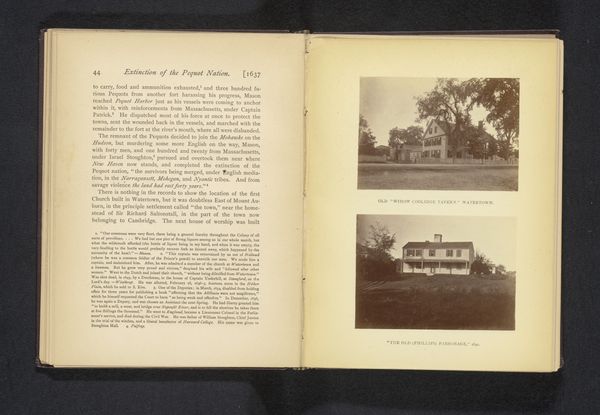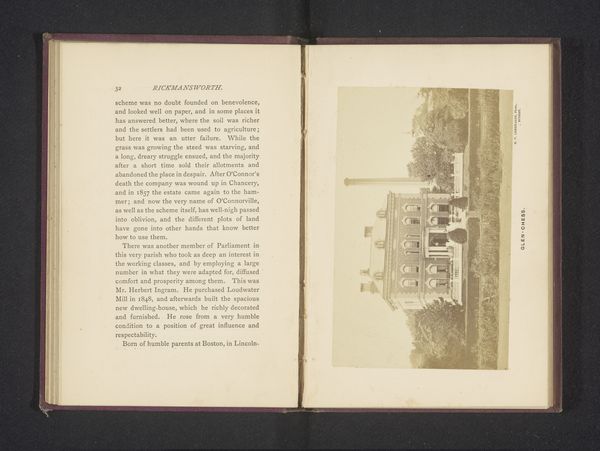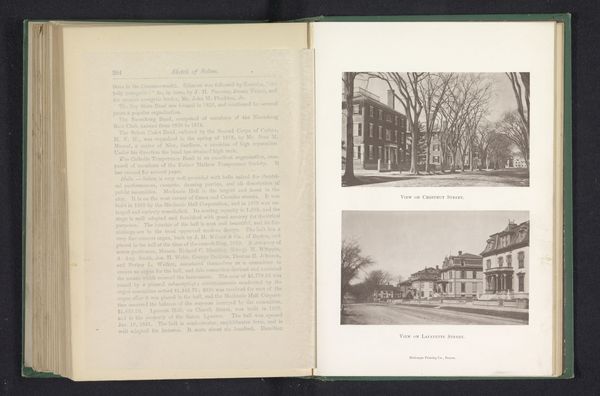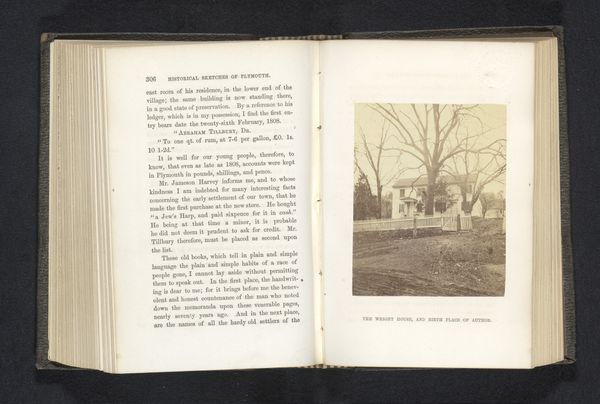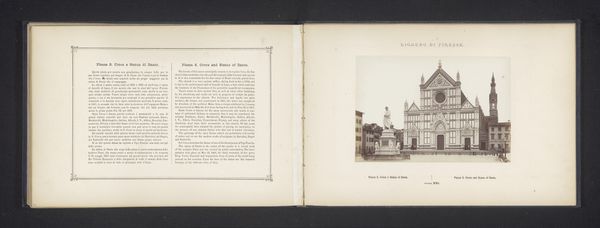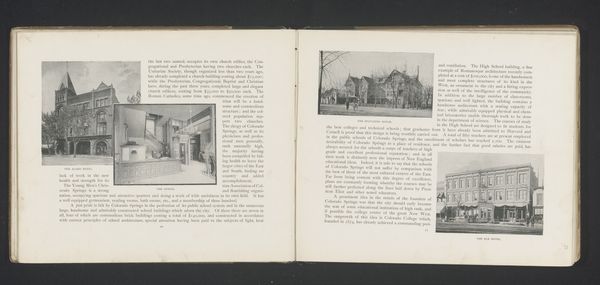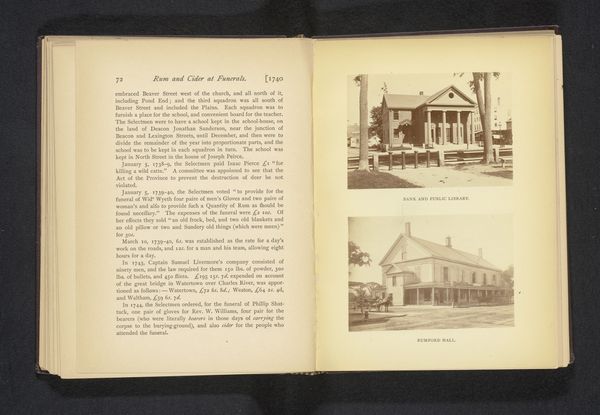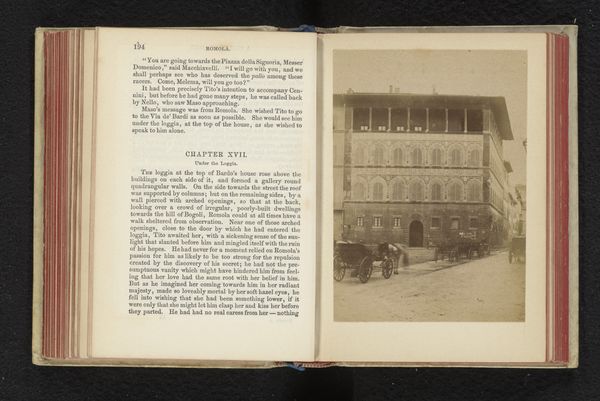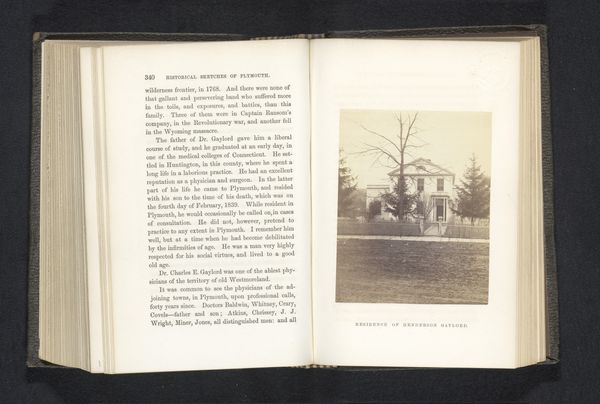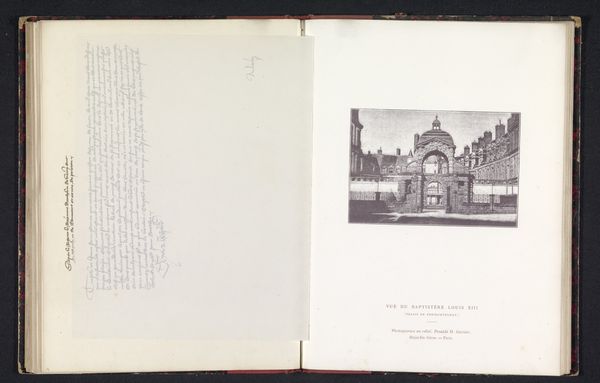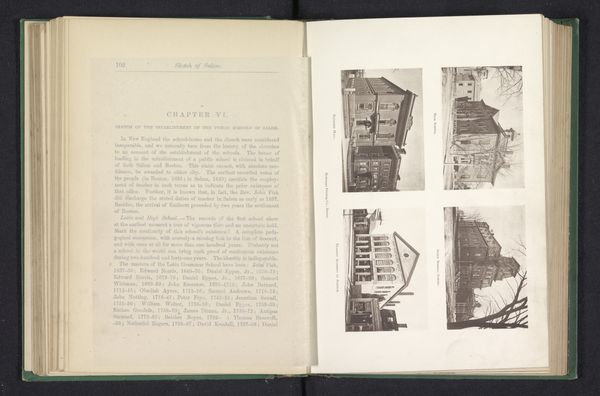![['Yale boat-house', 'Hamilton Park'] by James Notman](/_next/image?url=https%3A%2F%2Fd2w8kbdekdi1gv.cloudfront.net%2FeyJidWNrZXQiOiAiYXJ0ZXJhLWltYWdlcy1idWNrZXQiLCAia2V5IjogImFydHdvcmtzLzgzZDNjMTlhLWU5ZDUtNGJiOC1iYTQ4LTg2Y2UyYjE5MWExYi84M2QzYzE5YS1lOWQ1LTRiYjgtYmE0OC04NmNlMmIxOTFhMWJfZnVsbC5qcGciLCAiZWRpdHMiOiB7InJlc2l6ZSI6IHsid2lkdGgiOiAxOTIwLCAiaGVpZ2h0IjogMTkyMCwgImZpdCI6ICJpbnNpZGUifX19&w=3840&q=75)
print, photography, architecture
# print
#
landscape
#
photography
#
park
#
cityscape
#
architecture
#
building
Dimensions: height 190 mm, width 136 mm
Copyright: Rijks Museum: Open Domain
Editor: Here we have a print featuring two photographs, attributed to James Notman, titled "Yale boat-house" and "Hamilton Park," dating from before 1882. I’m struck by the formal quality, how both images are presented in such a straightforward manner, almost like architectural documentation. What's your read on these images, Curator? Curator: It's fascinating to consider these images as documents of institutional pride and civic development. Think about what it meant to present these structures at that time. Not just as buildings, but as symbols of Yale University's prestige, of New Haven's aspirations. Editor: So, you're seeing them less as aesthetic objects and more as tools for shaping public perception? Curator: Exactly. The Yale boathouse, for instance, wasn't just for rowing. It spoke of a certain kind of privileged leisure, an association with athleticism and status carefully cultivated by the University. How does the inclusion of "Hamilton Park" extend that discussion? Editor: Hmm, it feels different somehow. Less about exclusive institutions and more about public space? Maybe a suggestion that New Haven itself offered something worthwhile? Curator: Precisely. Parks were becoming vital elements of urban planning in the late 19th century. Their inclusion here suggests a civic-mindedness. Notman’s photographs become evidence in constructing the city’s modern image. Were the benefits equally distributed or aimed at certain social classes? Editor: That's something I hadn’t fully considered—who was the intended audience, and what was being communicated to them, both overtly and subtly? Curator: By understanding how art is presented, by whom, and to what audience, we uncover power dynamics inherent in its creation and consumption. Editor: This has shifted my focus! I’m seeing beyond just pictures, considering them as products of specific socio-political moments. Curator: Exactly. Considering the context of its presentation enriches our experience of these prints, it opens an understanding of imagery that moves past aesthetics.
Comments
No comments
Be the first to comment and join the conversation on the ultimate creative platform.
